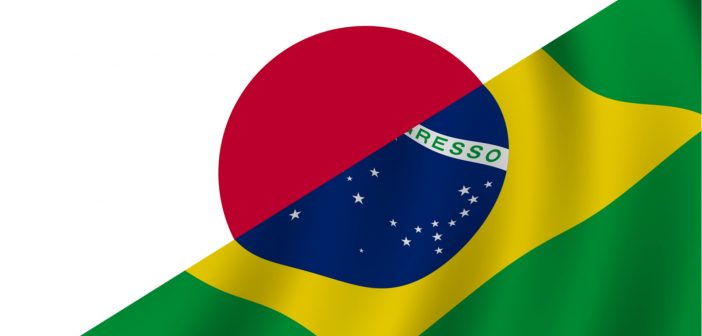The Japanese represent the fourth largest group of immigrants in the country, and Brazil is home to the greatest concentration of Japanese outside Japan
The first official Japanese immigrants landed at the port of Santos in June 1908, aboard the Kasato Maru, followed in 1910 by arriving aboard the Ryojun Maru. Like so many other immigrants, the Japanese settled initially on the coffee plantations located in the west of São Paulo before, later, going on to specialise in the cultivation of fruits, in Parana, and pepper, in Pará.
In the decades that followed, many countries restricted the migration of the Japanese, at least until the 1930s, when Japanese immigration in Brazil reached its peak and made Brazil, today, the country with the largest concentration of Japanese descendants outside Japan. During and following World War II, Japanese-Brazilians were somewhat persecuted in Brazil given Japan’s alliance with the Axis countries. Over the years, false rumours, unproven accusations, and many other lawsuits have been brought against them as a result of this association. Even so, many Japanese settlers prospered and managed to establish themselves financially, and even politically, especially in the state of São Paulo. One of the most pronounced results of this mass migration was the creation of the Liberdade district, in central São Paulo, which to this day is where visitors will find the most authentic Japanese establishments, rituals and traditions, and a wide range of typical restaurants, supermarkets, karaoke bars and even the “tori”, gates of the Shinto temples. The Japanese-Brazilians were also responsible for introducing a new take on some of the more traditional arts, as with ceramics.

















